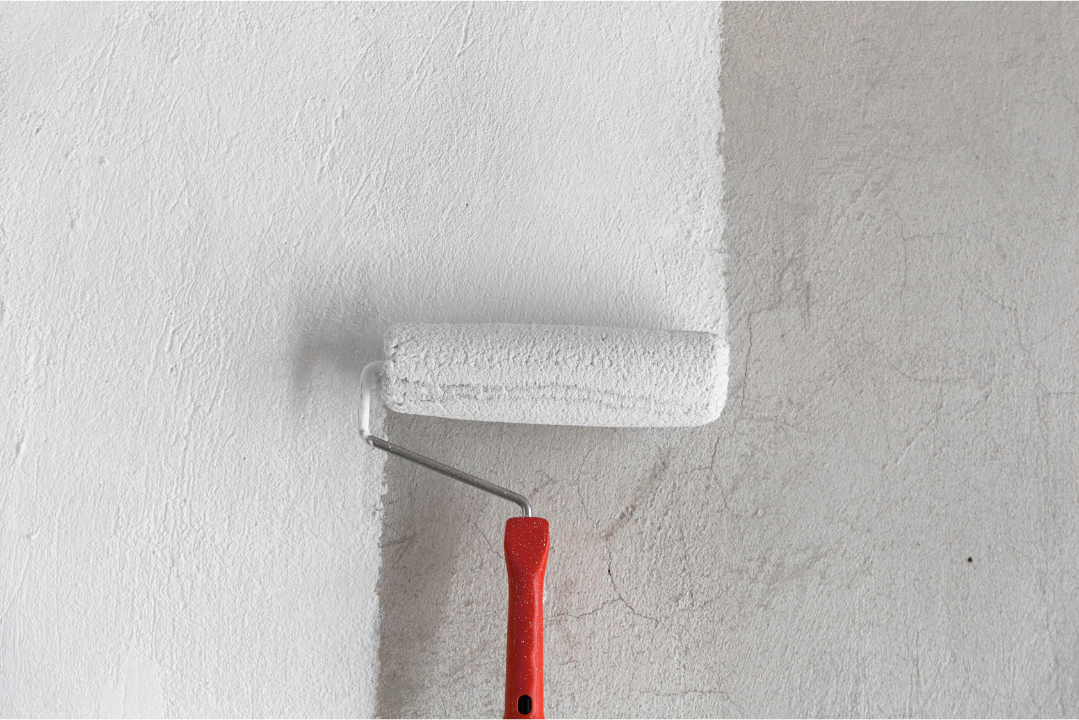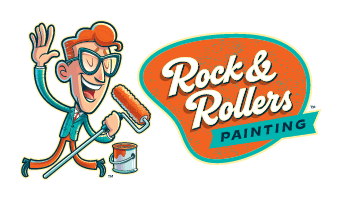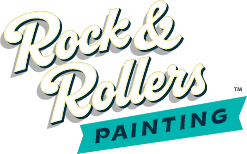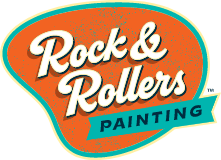If you have been wondering how to paint textured walls while preparing for interior house painting in Mission Viejo, CA, you are in good company. Many homes feature textured finishes that add personality and hide imperfections, but they can be tricky to paint well. The right approach, tools, and preparation can make all the difference between frustration and a smooth, clean result.
Years ago, I helped a client repaint their living room with a heavy knockdown texture. The first coat looked patchy until we switched to a thicker roller nap and slowed our strokes. By the end, the walls looked uniform and vibrant, with the texture still perfectly visible. That day proved that success starts with careful preparation and the right technique.
Key Takeaways
- Choosing the right roller nap means better coverage and fewer missed spots.
- Starting with clean walls makes paint stick better and last longer.
- Taping edges thoroughly keeps lines sharp and professional looking.
- Using primer on textured surfaces improves coverage and helps paint color show evenly.
- Applying paint slowly and steadily reduces splatter and uneven finish.
Getting Ready Before You Paint
Textured walls grab dust and debris more than flat ones. Begin with a thorough cleaning using a shop vacuum with a brush attachment or a clean, soft brush. If you notice greasy areas, a mild soap solution will help.
Choose your roller nap carefully. Light textures do well with a 1/2-inch nap, while heavy textures like orange peel or knockdown often need 3/4-inch. Avoid foam rollers since they tend to skim over the texture instead of reaching into it.

Remove outlet covers and switch plates, keeping screws in small bags so nothing gets lost. For small dents or holes, use your finger to apply spackle or joint compound to blend the repair with the texture.
Tools and Materials Checklist
Tools✔ 9-inch roller frame |
Materials✔ Interior Primer |
Spackle is perfect for small areas. It spreads easily, dries fast, and sands smooth.
How to Paint Textured Walls: Step-by-Step
Painting textured surfaces requires patience and attention to detail. Whether you’re new to painting or experienced, following these steps will help you achieve a smooth, even finish while preserving the character of your walls.
Clean the Wall Thoroughly
Even if the wall appears fine at a glance, dust hides in the grooves and bumps. Use a shop vacuum with a brush attachment to loosen debris, then go over it with a clean, dry cloth. In kitchens or high-traffic areas, lightly wash with a mild soap solution to remove grease before painting.
Remove Covers and Fixtures
Shut off power to outlets and switches for safety, then remove all covers and light switch plates. Keep hardware organized in labeled bags or small containers so you can reinstall them quickly without missing pieces.
Patch and Mask
Inspect for nail holes, cracks, or dents. For small imperfections, apply spackle or joint compound with your finger so the repair blends into the texture. Once patched, tape off trim, doors, windows, and any surface you don’t want painted. Press the tape firmly into the textured surface for a secure seal that resists paint bleed.

Prime the Surface
Pour primer into your tray and load the roller evenly. Apply in 4-foot sections, rolling slowly to get primer into the recesses of the texture. Working in sections helps maintain a wet edge and allows you to spot drips before they dry.
Cut In the Edges
Switch to your brush for corners and along taped edges where the roller can’t reach. Keep brush strokes light and controlled to avoid heavy buildup, which can create uneven lines once painted.
Apply the Paint
Insert a fresh tray liner, pour in your chosen color, and load your roller. Roll in smaller sections, overlapping slightly for even coverage. Maintain a consistent load on the roller and avoid rushing to prevent splatter or streaking.
Finish Edges and Remove Tape
Use your brush to paint into corners and along trim where needed. Pull painter’s tape while the paint is still wet for the cleanest possible lines. Take your time removing tape to avoid peeling away fresh paint.
Pro Tips for Better Results
Before wrapping up your interior house painting in Mission Viejo, CA, keep these practical tips in mind to get the best finish possible, especially when learning how to paint textured walls.
- Let the roller do the work rather than pushing hard, which can flatten the texture and cause uneven coverage.
- Seal tape edges with a light bead of paintable caulk for sharper lines and reduced paint bleed, especially important on walls with textured paint.
- Adjust roller nap if coverage looks uneven. Switching from a 1/2-inch to a 3/4-inch can help reach deeper grooves.
- Avoid sanding, as it can damage the raised details and leave the surface looking inconsistent.
- Lightly dab paint into deep crevices with a brush when needed to maintain the texture while still achieving full coverage.
Following these techniques helps you avoid common mistakes and achieve a polished result that would make any professional house painter proud.
Why Hiring a Professional House Painter Can Help
Even if you know how to paint textured walls, the job can be tiring and time-consuming. A professional house painter comes prepared with the right tools, materials, and experience to get the work done efficiently. They know how to handle walls with textured paint without damaging the finish, and they can recommend paint types for your specific rooms.

If interior house painting is already on your to-do list, think about whether your time is better spent letting a pro handle it.
Rock & Rollers Painting: Your Textured Wall Experts
Painting textured surfaces requires more than just applying color. The preparation, material choice, and application method all influence the final outcome. Rock & Rollers Painting specializes in interior house painting that keeps texture looking great while giving your space a fresh, updated look.
Whether it’s one accent wall or your entire home, our team delivers consistent, high-quality results with minimal mess. We proudly serve all of Orange County and Los Angeles County, offering free estimates so you can plan your project with confidence.
Call 949-806-3205 today to book and bring out the best in your textured walls.





